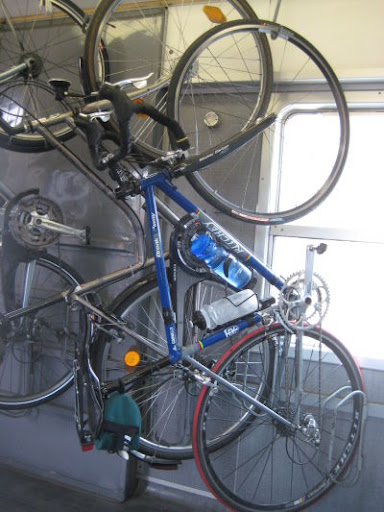prisoner puzzle
"I have a puzzle for you" my fellow passenger asked.... I was riding on the last northbound Caltrain baby bullet train out of Mountain View at 6:38 pm, the one I've been taking pretty much every day since starting my new job last October. If I leave any later, I start paying the price of riding trains which make more stops, get me home even later. This is the latest train I can take and have time to eat dinner, relax a bit, and get a solid night's sleep before catching the 6:11 am southbound the next morning. Long days, sure, but I'm having fun. "A jailer has too many prisoners in his prison and needs to get rid of 100. So he gathers 100 prisoners in a room. In an adjacent room he puts 100 hats, each hat containing one of the names of the prisoners, in random order. One by one, prisoners are brought into the room with the hats where they can pick from up to 50 hats (half) to find their name. If they find their name in those 50 picks, they leave thro
